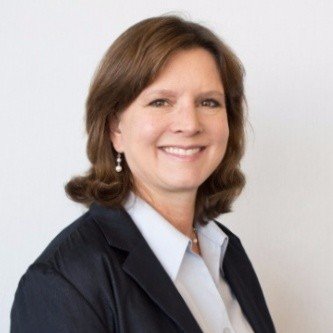Why Apple Has Quietly Fallen For Austin, Texas
Apple currently employs about 90,000 people in the United States. About 6,000 of those employees are already in Austin, with thousands more to come.
As the saying goes, everything is bigger in Texas, and now the Apple isn’t falling far from the tree. Apple CEO Tim Cook just announced that the company will build a $1 billion campus in the Lone Star State’s capitol city of Austin. Apple has been hinting for over a year that the corporation needed a second major campus to match its Cupertino, California headquarters.
Austinites were disappointed when Amazon did not pick Austin for its second HQ2 headquarters. After all, Austin was one of the finalists of more than 50 cities vying for the coveted campus. Now, Amazon rival Apple is indeed the apple of Austin’s eye. Apple will initially add 5,000 jobs, which will expand to 15,000 jobs over time.
Austin Is A Growing Tech Hub
Austin is a likely choice for the Apple expansion. The city is already a southern tech hub, and Apple already has a campus there. The new campus will add 133 acres and will be located just one mile from Apple’s existing North Austin campus. An Apple press release stated that Austin operations will focus on R&D, sales and customer support.
The state of Texas also greatly sweetened the deal by investing $25 million in grant money and millions more in breaks on property taxes.
The city of Austin has been transformed from a hipster haven into a high-tech hub and has put a laser focus on attracting tech companies. Austin has already attracted both Google and Facebook, and just landed a huge headquarters deal with the U.S. Army’s Futures Command.
The city is awash in talent. Five universities including The University of Texas are a huge draw for tech companies, as is Austin’s vibrant cultural scene. Austin is also known as the “Live Music Capital of the World,” so it is a huge attraction to the young creative tech talent that has migrated to the city.
Austin is affordable and cheaper to live in than California. It has low taxes, no state income tax, and offers a great quality of life. Austin is surrounded by beautiful lakes and the breathtaking Texas Hill Country. And Texas is a business-friendly state, to boot.
Apple Under Fire
Apple has amassed a great PR campaign centered on the Austin campus. The company has faced harsh criticism regarding its manufacturing operations in China, so they’ve spared no expense to let everyone know just how many American jobs they plan to create.
Apple currently employs about 90,000 people in the United States. About 6,000 of those employees are already in Austin, making Austin the largest hub outside of the northern California headquarters.
Apple says it is on track to create 20,000 new U.S. jobs in the next five years. Around 9,000 of those new jobs are planned for Austin, and will make Apple the city’s largest employer. Apple also plans to add thousands of new jobs in San Diego and Culver City in California, as well as in Seattle, Pittsburgh, New York, Boston, Boulder and Portland. Over the next two years, the company will build new data centers that are like the existing ones in Arizona, Nevada and North Carolina, spending $4.5 billion in the process. In total, Apple plans to spend $30 billion on all of their new endeavors.
Will Austin Manage the Growth?
Will Apple manage their expansion better than Amazon? Amazon drew criticism by selecting two northeast locations (New York and Virginia) because some argued the Midwest and South needed the jobs more than those areas. Jeff Bezos and team have also been pelted with criticism for the massive tax breaks they were given by New York City and the state to build the new Queens headquarters. Long Island residents are angrier still at the unimaginable traffic congestion that will result once Apple moves in.
Expansions like Amazon and Apple also have a dark side. On one hand, thousands of jobs are created, but on the other hand, cities that mismanage the growth end up with massive problems like housing shortages and traffic congestion.
Apple CEO Tim Cook said that he approached it differently than Amazon did by not creating a contest that resulted in two winners and lots of losers. “I don’t like that,” Cook said in an MSNBC interview. “We didn’t want to create this contest, because you wind up putting people through a ton of work to select one.”
Nevertheless, Apple likely benefited from Amazon’s extensive analysis to narrow the list of viable cities. Five factors were taken into consideration when Amazon ranked cities: business environment (economic growth potential and tax incentives); skilled workforce availability; real estate, labor and energy costs; quality of life and transportation.
Although Austin proved most attractive, the entire state of Texas will likely benefit. Austin has a tight labor market, and recruiters are already looking at talent in other metros like Houston and Dallas. After all, Apple can recruit from anywhere.















